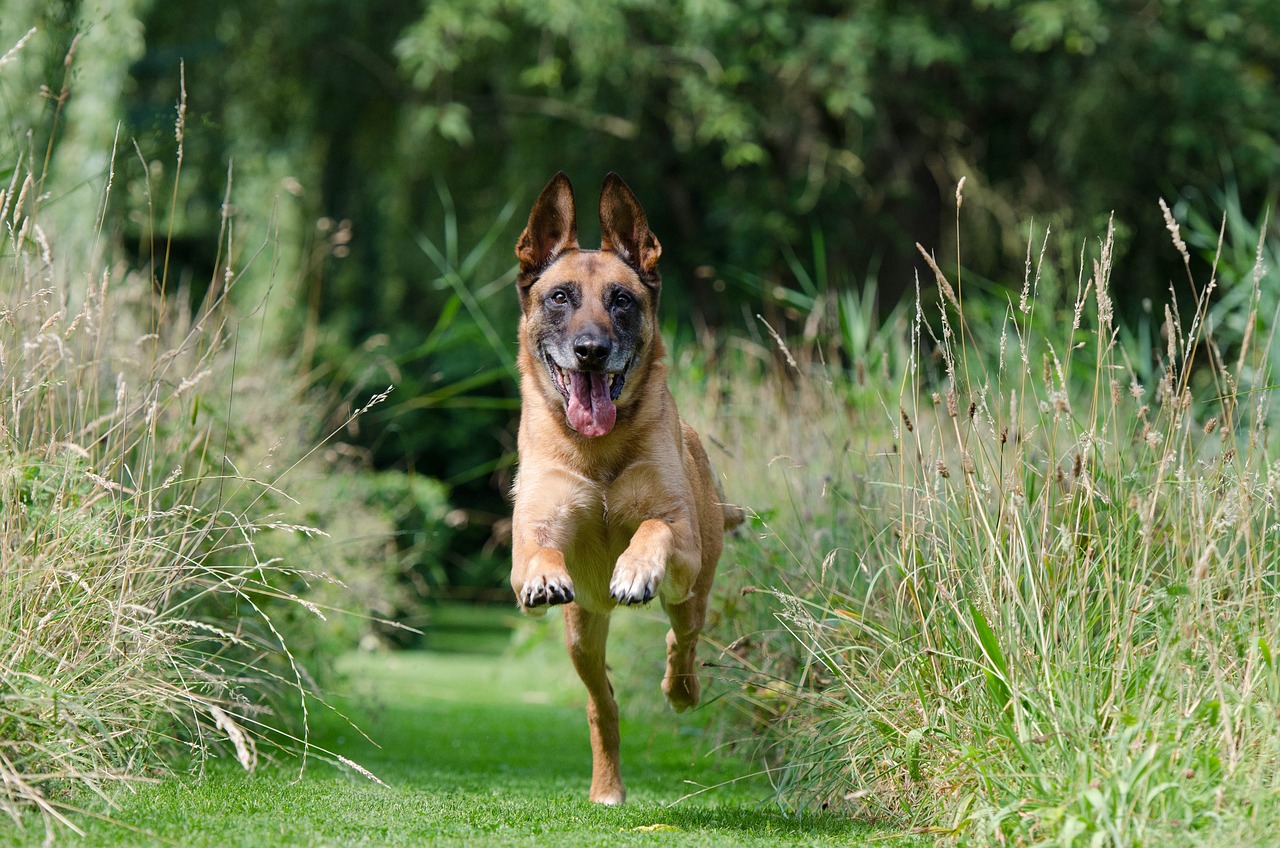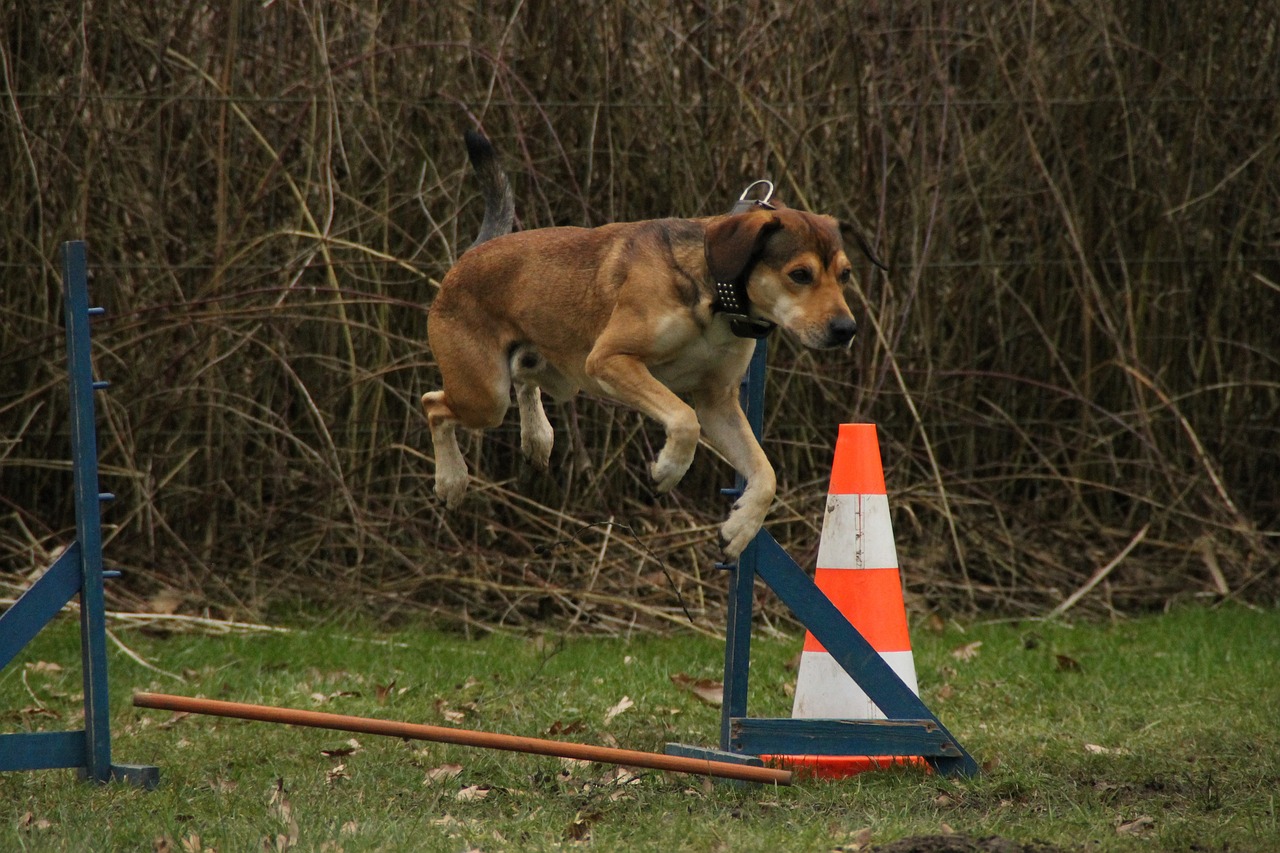Daily Exercise Tips For Dogs

Similar to humans, the answer to this query varies from one dog to another, taking into account factors like age, health, and breed. Nonetheless, there are some general guidelines you can follow to ensure your furry friend gets the right amount of physical activity.
How Much Daily Exercise Does a Puppy Need?
Selecting a puppy should involve considering the breed's exercise requirements. It's not advisable to choose an active dog breed if you lead a sedentary life, and it's unrealistic to expect your Toy Poodle to join you for marathon training—unless you're pushing them in a stroller.
Puppies often experience what's affectionately known as the "zoomies." You'll recognize this phenomenon when your puppy suddenly dashes around the house, sometimes even at night, before eventually collapsing in a heap, preferably on your lap.
Puppies generally have more energy than adult dogs, requiring short bursts of exercise, much like the zoomies. Since puppies are in a constant state of growth, it's safer to incorporate multiple short walks or play sessions throughout the day instead of embarking on one exceedingly long walk, which could strain their developing bodies. Keep in mind that every puppy is unique, and the more time you spend with your pet, the better you'll understand their exercise and mental stimulation needs to keep them content and maintain your sanity!
Consult your veterinarian or breeder for guidance on how much daily activity is appropriate for your puppy. Additionally, remember that exercise is an excellent means of training and socializing your new canine companion.
How Much Exercise Does an Adult Dog Need?
A dog's breed significantly influences its exercise requirements. High-energy breeds demand more physical activity compared to their lower-energy counterparts.
Your dog's health also plays a crucial role. If your adult dog has underlying medical conditions such as hip dysplasia or heart or respiratory issues, it's essential to consult your veterinarian to establish an appropriate exercise routine that promotes their well-being without causing discomfort.
How Much Exercise Does a Senior Dog Need?
Senior dogs may not be capable of running as far as they used to, eventually requiring a shift to slower-paced walks. However, maintaining an exercise routine is just as important for senior dogs as for puppies.
Discuss your senior dog's exercise regimen with your veterinarian and observe their behavior. As the owner, you know your dog best and can determine how much exercise they can comfortably handle. Exercise provides mental stimulation and keeps dogs active, contributing to their longevity and reducing the risk of obesity.
Tips for Exercising Your Dog
The perennial question, "How much exercise does a dog need every day?" is often followed by, "How do you exercise a dog?" While a daily walk around the block is an excellent start, variety can excite your dog's exercise routine. Here are some ideas to keep your dog active:
Hiking: Dogs enjoy the outdoors as much as you do. Take your dog along on your hiking adventures or explore new parks and trails in your area.
Cycling: Some dogs can accompany their owners on bike rides, provided it's done safely. Many towns offer dedicated bike paths where you and your dog can ride together.
Skating: Whether you inline skate, Rollerblade, or skateboard, your dog can join you. Start in a secure area while training your dog for this activity, and always wear appropriate safety gear.
Swimming: Many dogs love water, and swimming is an excellent, low-impact exercise, especially for dogs with joint problems. Consider using a life jacket to extend their time in the water for an optimal cardio workout.
Fetch: Make fetch more interesting by incorporating uphill runs or throwing toys into the water. Switch between balls, flying discs, and other toys to engage your dog.
Draft Work: Larger breeds can enjoy activities like dogsledding, cart-pulling, or skijoring, which are enjoyable for dogs and their owners.
Obedience: While obedience training may not seem like exercise, it provides mental stimulation and reinforces basic commands. You can also teach your dog fun tricks like weaving and spinning.
Indoor Dog Exercises
Inclement weather can disrupt your dog's outdoor exercise routine. On hot, cold, or rainy days, indoor exercises become essential. Here are some indoor activities to help your dog burn off energy and stay fit:
Stairs: Running up and down the stairs a few times can build muscle, but be cautious not to overexert your dog, especially if they have long backs and shorter legs.
Hide-and-Seek: Indoor games like hide-and-seek provide physical activity and mental stimulation. Incorporate a game of chase for added excitement.
Treadmill: Consider using a treadmill designed for dogs for high-energy breeds. With proper training, your dog may enjoy treadmill workouts, which can help build endurance.
Tug: Tug-of-war games, when played correctly, can build muscle and strengthen the bond between you and your dog. There's a wide variety of tug toys available for added fun.
Agility: You can practice agility at home using equipment made for the sport or household items like broom handles, boxes, and ottomans. Alternatively, consider joining a local club with an indoor agility space for more extensive training.
By adapting your dog's exercise routine to their age, breed, and health, you can ensure that they receive the appropriate level of physical activity to keep them happy and healthy. Whether outdoors or indoors, there are numerous ways to engage and energize your furry companion, strengthening the bond between you and your four-legged friend.
Get insurance plans with wide-ranging coverage options












